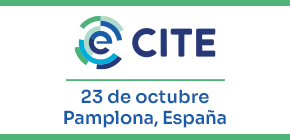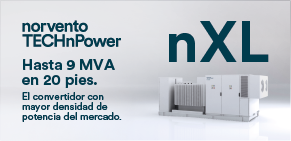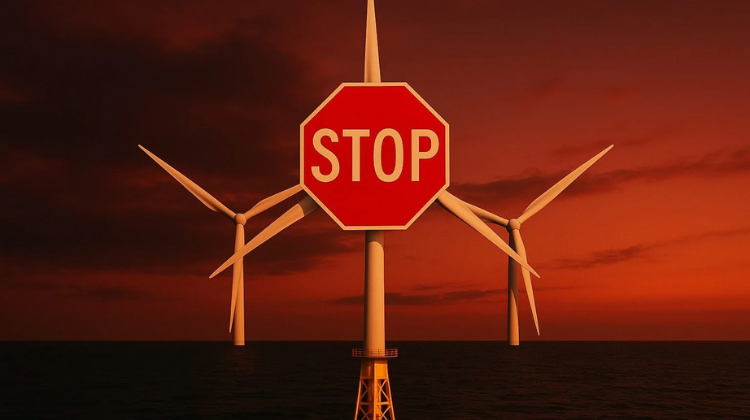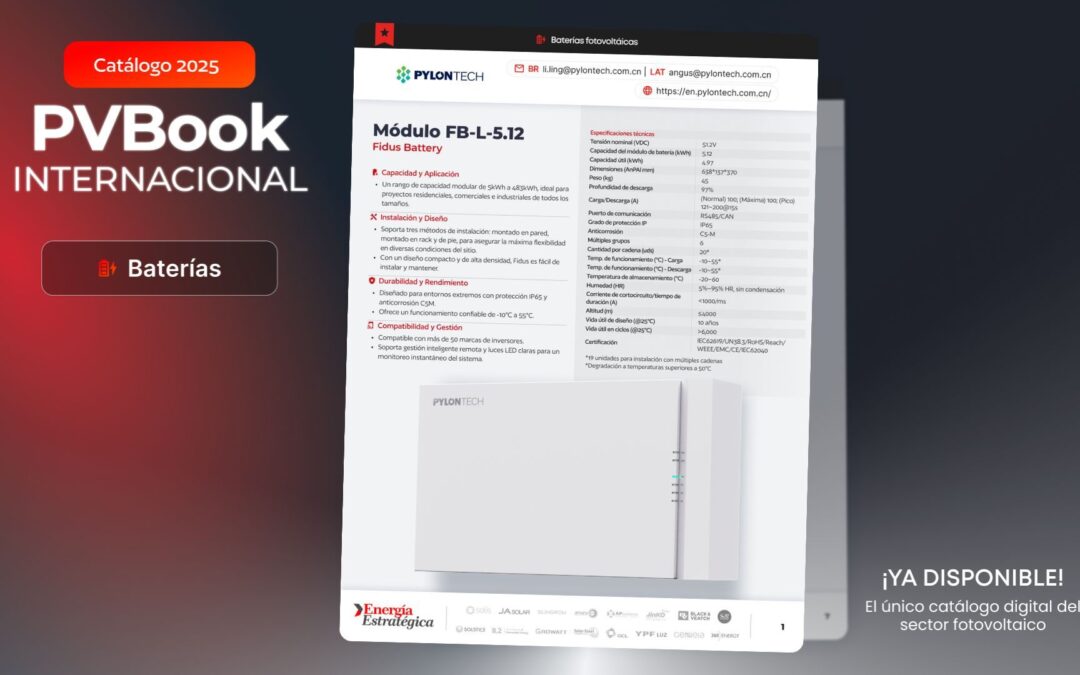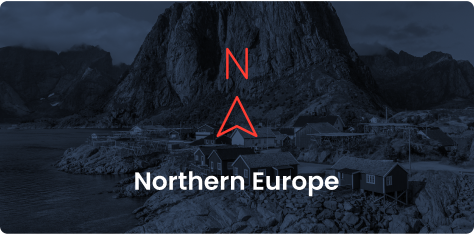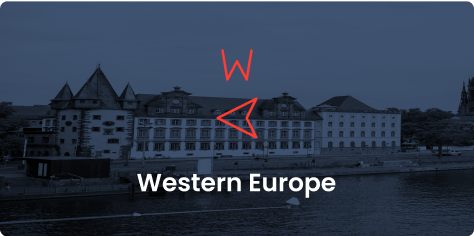The Iberian blackout highlighted the vulnerability of individuals in their daily lives and countries in their fundamental organisation due to energy dependence, underscoring the critical and strategic importance of this sector.
Beyond debates about the responsibilities of different generation technologies, which often veer into the politicisation of energy, compelling cases emerge on how to maximise all available resources to achieve competitiveness and greater autonomy in the face of events like the one on 28 April.
Fernando Barreiro, Head of Energy Intelligence at Norvento Enerxía, outlined the value of 100% renewable microgrids as a tool for managing local energy resources efficiently and competitively.
“A well-designed microgrid enables a building, an industry, or even a community to manage its own energy, harnessing available renewable resources, storing them appropriately, and relying on intelligent backup systems,” he explained in a conversation with Strategic Energy Europe.
Far from being a mere contingency response, microgrids represent an alternative energy architecture that enhances consumer autonomy, optimises long-term costs, and promotes a decentralised energy model based on technological efficiency and source diversification.
A microgrid is an energy system capable of generating, storing, and distributing electricity autonomously, independent of the main transmission grid.
Unlike a conventional self-consumption setup, which relies on the grid to function even if it generates its own energy, a microgrid can operate in “island” mode, maintaining its own internal voltage and frequency without needing an external reference.
This technical distinction was evident during the blackout, as a conventional self-consumption solar inverter follows the grid’s frequency and voltage, shutting down automatically for safety if the grid fails.
“In contrast, a microgrid has its own regulation system: it creates its own local grid, frequency, and voltage. This allows it to continue operating independently, even if the main system collapses,” Barreiro elaborated.
Microgrids require three essential components:
- Renewable generation sources (solar, wind, biomass, etc.), sized according to local resources.
- Storage systems (batteries) to manage renewable variability and ensure supply during low-generation periods.
- Backup systems (e.g., biodiesel generators or biomass engines), activated only in extreme cases to maximise supply security.
Norvento has implemented this strategy at its headquarters in Lugo, Spain, operating off-grid and using solely renewable energy combined with intelligent storage, which allowed them to continue activities as usual.
“Our system operates in island mode, and if necessary, we can connect to the grid as consumers without feeding energy back,” Barreiro noted.
- Renewable generation: Photovoltaic solar and wind energy, harnessing local natural resources.
- Storage: An advanced electric battery system that stores energy and stabilises supply, sized according to the plant’s daily consumption profile.
- Proprietary power electronics: Converter equipment designed and manufactured by Norvento, managing internal voltage and frequency to ensure the local grid functions even if the main grid fails.
- Backup system: A biomass cogeneration engine (Stirling engine) and a biodiesel generator as an emergency backup, ensuring continuous supply in extreme situations.
“The goal was to demonstrate that a 100% renewable mix is technically feasible and economically viable in the long term,” the company representative added.
Practical Cases: From Farms in Galicia to Industries in Portugal
Microgrid applications are already a tangible reality in rural settings in Galicia, particularly in organic farms that face high grid connection costs due to their remote locations.
Projects have also been developed in the Portuguese islands, where small communities operate hybrid microgrids combining solar, wind, and backup systems to ensure a constant supply.
These isolated installations experienced no disruptions, while rural areas connected to the main grid were among the last to regain supply during the reconnection process by Red Eléctrica.
In a context where the European electricity system faces structural challenges, as warned by ENTSO-E’s 2024 ERAA report on stability risks for 2026–2030, energy decentralisation and the use of local resources can be strategic factors for industrial competitiveness and supply security, while strongly supporting renewable energy.
“Adopting a microgrid model does not necessarily mean disconnecting from the main grid but gaining flexibility: the ability to choose when to consume, generate, store, or operate independently,” Barreiro asserted.
Regulation
From a regulatory perspective, microgrid operation presents significant challenges, particularly regarding interaction with the main distribution grid.
Although it is technically feasible to operate in island or connected mode, current regulations in many cases prohibit island-mode operation for grid-connected installations, primarily for safety reasons.
This restriction aims to prevent risks such as energy backfeeding during external grid faults or maintenance, which could create hazardous situations.
To comply with these regulations, microgrids must incorporate coupling systems to ensure physical disconnection from the grid when operating in island mode, preventing unwanted interactions.
Moreover, regulatory applications can vary depending on the interpretation by involved parties, adding complexity to the management of these installations.
In this context, microgrids that routinely operate in island mode, as in the case described, do not require notifications or authorisations for occasional grid connections, provided they act as consumers and do not inject energy, simplifying their operation within the regulatory framework.









